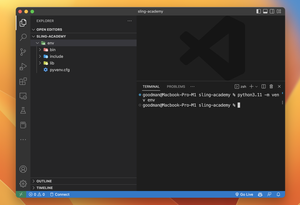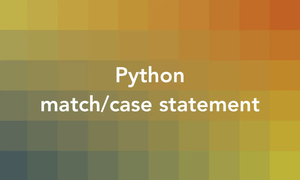The Problem
Experiencing a TypeError: object of type 'NoneType' has no len() in Python can be confusing, especially for beginners. This error occurs when you attempt to use the len() function on an object that is of NoneType. Essentially, you’re trying to measure the length of something that doesn’t exist. Let’s explore several solutions to resolve this error.
Solution 1: Check for None Before Length Check
One straightforward way to prevent this error is to ensure the variable isn’t None before checking its length. This avoids calling len() on a NoneType object.
- Step 1: Check if the variable is
None. - Step 2: If not
None, proceed to uselen().
Example:
my_var = None
if my_var is not None:
print(len(my_var))
else:
print('Variable is None!')Notes: This approach is simple and straight to the point. However, it requires additional code for every instance where you want to check the length, which can be somewhat redundant.
Solution 2: Use a Default Value if None
Another method to tackle this issue is by assigning a default value to the variable if it is initially None. This ensures that the length check is always performed on a valid object.
- Step 1: Assign a default value to the variable if it is
None. - Step 2: Perform the length check without worrying about
NoneTypeerrors.
Example:
my_var = None
my_var = my_var or ''
print(len(my_var))Notes: This method is particularly useful when dealing with strings. It seamlessly prevents the error without needing conditional checks, but it may not be applicable for all data types.
Solution 3: Use Try-Except Block
A more Pythonic way to handle the TypeError is by using a try-except block. This not only catches the error if it happens but also allows for graceful error handling.
- Step 1: Wrap the length check inside a
tryblock. - Step 2: Catch the
TypeErrorand handle it appropriately within theexceptblock.
Example:
my_var = None
try:
print(len(my_var))
except TypeError:
print('Cannot get length of NoneType object')Notes: This solution is powerful in scenarios where multiple types of errors might need to be handled, offering a neat way to manage unexpected situations. The downside is that it can potentially hide the root cause of the error if not used carefully.
Conclusion
The error TypeError: object of type 'NoneType' has no len() indicates a misuse of the len() function with an object that is None. By understanding the cause and applying one of the solutions above, you can effectively handle and prevent this error in your Python code. Each solution has its place, depending on the specific requirements and context of your application.











